Wildlife is a term that does not enjoy a precise or a universally accepted definition. The term implies all things that are living outside direct human control and therefore includes those plants and animals that are not cultivated or domesticated. In its fullest meaning, wildlife encompasses insects and fungi, frogs and wild flowers, as well as doves, deer, and trees. Nonetheless, organizations concerned with wildlife generally favor the so-called higher forms of animal life. Birds and mammals symbolize wildlife to most people and, of these animals, game species receive a disproportionately large measure of attention. However, only a small fraction of birds and mammals are regarded as game. Wildlife management clearly implies the influence and application of human manipulation. In other words, to achieve specified objectives. Pinchot coined the term conservation in 1907, apparently deriving his term from conservator, a title of an office in the British Government of colonial India. The term conservation applied to natural resources. In general, wildlife management is the application of ecological knowledge to populations of vertebrate animals and their plant and animal associates in a manner that strikes a balance between the needs of those populations and the needs of people.
Wildlife: Management and Conservation
In stock
Free & Quick Delivery Worldwide
reviews
Bibliographic information
Title
Wildlife: Management and Conservation
Author
Edition
Reprint.
Publisher
ISBN
8177541625, 9788177544398
Length
xii+204p., Tables; Figures; Glossary; Appendix; Index; 23cm.
Subjects

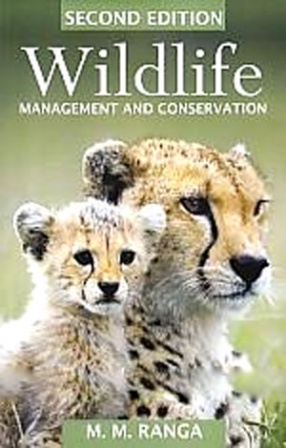
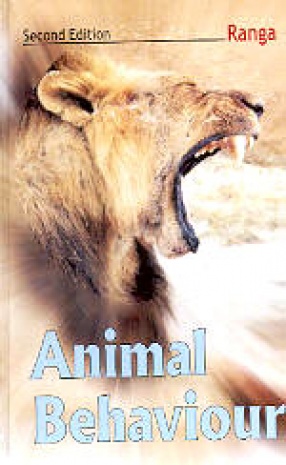
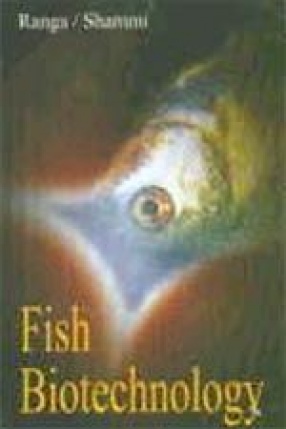
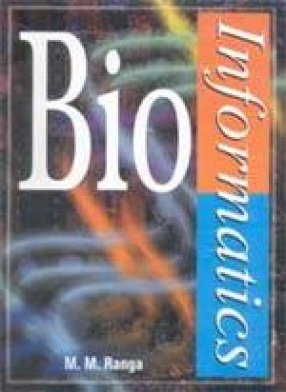
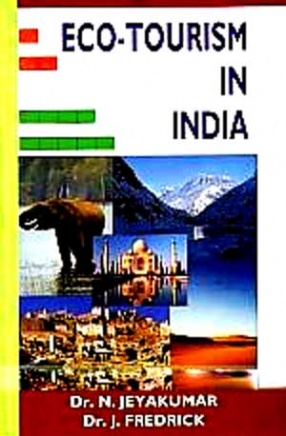
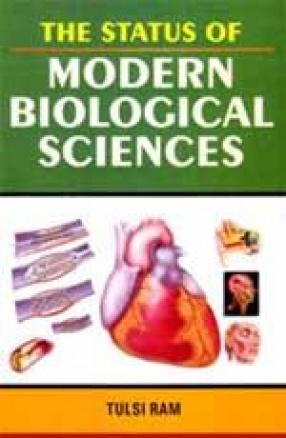
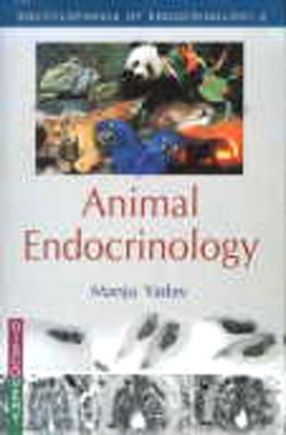
There are no reviews yet.